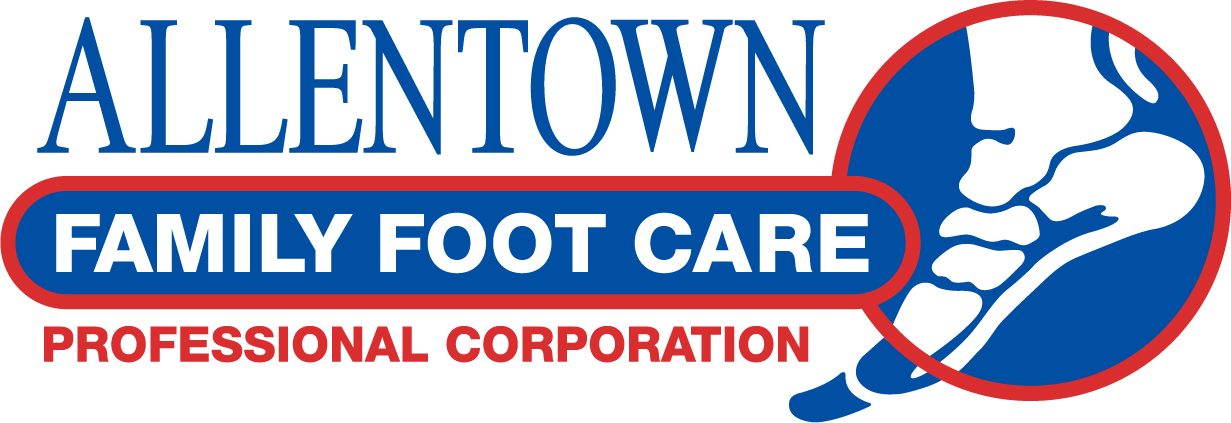Ugly Fungal Toenails
Ugly toenails are now one of the most common patient concerns seen by podiatric physicians. These ugly, nasty nails are often referred to as mycotic nails. The infection is called onychomycosis. This condition affects millions of people around the globe. The nail appearance may range from slight discoloration to thickened, deformed, brittle, painful changes. The nails can also incurvate and become ingrown causing additional problems. Cosmetically, these nails can be a nightmare for those who are seen barefoot or in open toed shoes. Some who have this condition become very self conscious. Mycotic nail changes can be seen in patients of all ages. In younger patients, there is usually an adult in the household with the same condition. Onychomycosis is caused by a dermatophyte, mold or yeast and is therefore contagious.
Some experts also feel there may be a genetic predisposition for this condition when exposed.
Testing for this condition ranges from cultures to special staining techniques of the nail clippings. The cultures often identify a specific fungus. It is important to know that injury and other conditions such as psoriasis can also cause nail changes and irregularities. The testing helps determine if there is an actual infection in the nail.
There are many treatment approaches to this problem. A simple debridement is a good maintenance procedure for comfort and elimination of shoe pressure. A rotary drill can be used to grind down and decrease the thickness of the diseased nail. It is important to understand that debridement is helpful but not a cure for this condition. It helps control the fungus and it does eliminate much diseased nail.
Use of a topical nail preparation can be helpful more so in mild cases. Many patients prefer the use of a topical rather than taking an oral medication. Oral medications are the most successful for the treatment of mycotic nails. Lamisil has been cited as being 70% effective. There are possibile complications as with any medication taken internally. Before taking the oral medication it is important to have bloodwork to check the Liver enzymes as well as the blood count. The liver enzymes are checked again half way through the course of treatment. The course of treatment for oral Lamisil is One Tablet daily for 3 months. The nail grows slowly and the actual improvement may take up to 6 months or longer after the medication is finished. The medication doesn’t changes the nail present but helps eliminate the infection in the new nail growth.
Lasers are now FDA cleared for use. Remember clearance and approval are two distinct terms. Lasers are cleared for use but there is little data to show any significant long term cure rates.
The laser treatment can be very costly and in the end do little to eliminate this condition for good.
Be aware that all treatments approaches are slow because the nail itself grows slowly.
Even when there is a clearing of the fungus , recurrence is a significant possibility over the next 3 years.
Preventative measures for those not yet infected are the best medicine. Preventative measures are even more important in those who were previously treated for fungal toenails.
Cosmetic options are available for those who desire an immediate change to a more normal appearance of their nails.
Keryflex is a safe , nonsystemic in-office application that restores the appearance of patient’s natural nails.
If you are concerned about nail changes, consider an expert evaluation and discussion about your options.
Part two of this topic will focus on measures to prevent fungal nail infection.
Dr Raymond A. Fritz Jr.
